Is there an invasive plant lurking in your garden?
This post is a gathering of the most common offenders in Western Washington in 2021 & arranged by the Noxious Weed Control Board class with pictures from their database. Fall & winter are good times to take a look at your garden, stream, or pond for these sneaky species that can overtake it.
This is by no means a creative or comprehensive blogging list – I’ll leave that up to the NWCB folks, but the list does highlight some common plants like Butterfly Bush & Scotch Broom as troublesome.
Why do we call a plant invasive?
Noxious & invasive non-native plants have been found to compete with back-yard native plants & crops in many ways including: occupying space, changing the structure of the plant community, causing physical and chemical alterations of the soil, and covering and shading our ornamental plants.
They also interfere with animal life too, by altering the structure of their habitat and by eliminating their favored food plants. Invasive plants are spread both by human activity like road & home construction – and by animals that eat them and carry their seeds.
What is the role of the State of Washington?
Here in Western Washington, the Washington State Noxious Weed Control Board and county weed boards maintain lists of foreign plants that must be removed or are encouraged to be controlled by Washington land owners. Their complete list, by Class is here.
English ivy, knotweeds, Scotch broom, and tansy ragwort are extensive problems west of the Cascades while knapweeds, leafy spurges, thistles and many others degrade eastern portions of the state. Loosestrife, milfoil, and parrotfeather clog waterways in both areas. Spartina and reed canary grass even alter Washington’s saltwater shoreline ecosystems.
However much information the state provides, it is the property owner’s responsibility to control listed noxious weeds on his land. That means homeowners and every private or public entity.
If you want to search the entire NWCB database by plant name, go here.
If you want to know more details about weed management & herbicides, go here.
Check your garden to see if you have any of these common offenders.
Class A Noxious Weeds
This class includes non-native species whose distribution in Washington State is still limited. Eradicating existing infestations and preventing new infestations are the highest priority.
Eradication of all Class A plants is required by law.
Flowering Rush (Butomus umbellatus)
This is an invasive fresh-water aquatic plant in the northeast U.S. and has limited distribution in Washington so far. It is an aggressive colonizer and can spread easily by seed, bulbils and rhizome fragments & can be difficult to control.
To be successfully removed, the entire rhizome system must be removed without dislodging the rhizome bulbils. Even a slight bottom disturbance can cause the rhizome bulbils to release.

Giant Hogweed
(Heracleum mantegazzianum)
This forms dense canopies outcompeting native species and increasing soil erosion.
It is a public safety hazard as it exudes a clear watery sap which sensitizes the skin to ultraviolet radiation, resulting in severe burns to the affected area causing blistering and painful dermatitis.
Scars can last for as long as 6 year and sensitivity to sunlight can continue beyond that.

Eggleaf Spurge (Euphorbia oblongata)
It was introduced as a garden ornamental and escaped cultivation. It is toxic to some animals and reduces the livestock carrying capacity of pasture and range land by 20 to 50%.
Because of the large taproot, the plant must be dug. Mowing will only result in new shoots growing.
If sap contacts skin make sure to wash that area.

Class B Noxious Weeds
These are nonnative species whose distribution is limited to portions of Washington State, but may be widespread in other parts.
- Class B noxious weeds are designated for mandatory control in regions where they are not yet widespread. Prevention of new infestations in these areas is the primary goal.
- In regions where a Class B species is already abundant, control is decided at the local level. Containment of these weeds is the primary goal so that they do not spread into un-infested regions.
- The Washington State Noxious Weed Board or a County Noxious Weed Board can designate a Class B noxious weed for mandatory control.
- Class B designations at the state level are listed in WAC 16-750-011 and are based on our designation region map, which breaks up the state into 6 regions.
Butterfly Bush (Buddleja davidii)
It forms dense thickets that crowd out native plants and may alter soil nutrient concentrations. It’s difficult to control, can produce seeds during its first year and the seeds are viable for 3 to 5 years.
There are other bushes for the butterflies . . .

Giant Knotweed (Polygonum & Persicaria species)
Controlling invasive knotweed species typically takes a number of years and monitoring the site for regrowth is critical.
Care must be taken not to produce new plants. All plant material should be removed and properly disposed of as new plants can sprout from very small fragments.


Himalayan Knotweed (Persicaria wallichii)
This grows vigorously into dense colonies that exclude native vegetation, alter natural ecosystems and are difficult to eradicate. It poses a significant threat to stream banks, where plants can survive severe floods. Small fragments can form new plants.

Japanese Knotweed (Fallopia japonica)
It is a very aggressive ornamental that is capable of forming dense stands, crowding out all other vegetation and degrading wildlife habitat.
It also creates a fire hazard in the dormant season. It is difficult to control once established.
Bohemian Knotweed (Fallopia bohemica)
An escaped ornamental, knotweed is often found in waste places, neglected gardens, roadsides, streambanks and riverbanks.
Invasive knotweed species look very similar. This one is a hybrid between Japanese knotweed and giant knotweed.

Scotch Broom (Cytisus scoparius)
It displaces native and beneficial plants, causing loss of grassland, ornamental perennials like rhodies, and even open wildlife-filled forest.
It aggressively spreads to unattended acreage to form monocultures, replacing desirable forage grasses and young trees visited by wildlife.
Seeds are toxic to livestock and horses.
You’ll find it surrounding most freeways in Western WA, where it was originally installed for winter erosion control. It’s done very well – so now cars just keep spreading the seeds to neighboring land.
Unfortunately, each seed can remain viable for over 30 years.


Yellow Archangel (Lamiastrum galebdolon)
This becomes very invasive and forms dense mats of groundcover vegetation which outcompetes native species and does not provide adequate food or cover for wildlife.
Some infestations in Washington are from abandoned hanging baskets that still had viable plants in them, which were dumped in natural areas.

Policeman’s Helmet (Impatiens glandulifera)
It is considered extremely invasive to moist, natural areas. Originally sold as ornamental, this species invades areas which include moist forests, stream sides and roadside thickets. Luckily, this plant pulls up easily, however the seeds have a 2 year viability – so follow-up control is a good idea.
Spurge Laurel (Daphne laureola)
This is a perennial shrub that has the ability to rapidly colonize areas forming monotypic stands and competing with native plants over a large area.
All parts of the plant are highly toxic.
Hand pulling (with gloves) small infestations is effective. Larger shrubs that are too big to pull can be cut below the soil line like blackberries. Keep an eye on the area for resprouts and then recut those as needed.

Class C Noxious Weeds
Class C noxious weeds are either already widespread in Washington or are of special interest to the agricultural industry.
- Class C status allows a county to enforce control if it is beneficial to that county (for example: to protect crops).
- Other counties may choose to provide education or technical support for the removal or control of these weeds.
English Ivy (Hedera hibernica & Hedera helix) Ivy can outcompete native plants & limit the growth of understory plants. It kills understory and overstory trees by shading them out, plus it may cause storm damage to trees by acting as a sail.
The sap in the stems can cause skin irritation and rashes in sensitive individuals.
Consuming large amounts of leaves and fruits can be toxic to people and cattle.

Himalayan Blackberry (Rubus bifrons)
This species spreads aggressively and has severe negative impacts on native plants, wildlife and livestock.
There are a number of herbicide options for treating Himalayan blackberries, but cut them back to the ground first.

Fragrant Waterlily (Nymphaea odorata)

Fragrant Waterlily (Nymphaea odorata)
This can form dense stands in water that can cover hundreds of acres and can persist until the die-off in the fall. It can restrict lake-front access, eliminate swimming opportunities, and outcompete native aquatic vegetation.

Italian Arum (Arum italicum)
This is a nonnative perennial that was originally introduced as an ornamental plant. It has now naturalized in a number of counties in Western Washington and appears to be spreading rapidly. It establishes in stream banks and similar habitats, and it’s very difficult to control once established.
Note: plant parts may cause skin irritation, which can be severe for sensitive individuals.
Old Man’s Beard (clematis vitalba)
Old man’s beard blankets the ground, shrubs and trees and can cause trees to collapse. It can rapidly grow along the ground in thick layers, blocking out light for other plants.
Seedlings can be hand pulled. Larger stems need to be cut and removed from the area.

Yellow Flag Iris (Iris pseudacorus)
This one is an invasive ornamental perennial that will sicken livestock if ingested.
When pulling it, care should be used to protect the skin as resins in the leaves and rhizomes can cause irritation. Also, all rhizome fragments must be carefully removed.


Pampas Grass (Cortaderia selloana)
This is a large perennial grass that grows in clumps with narrow leaves that grow to around 4 feet tall. Upright stems grow out of the tussock core, up to 6 -13 feet.
Cut and bag the stems prior to mechanical control to prevent spreading its seeds.
Pulling or hand-grubbing seedlings can provide effective control, but the entire crown and top root sections will need to be removed to prevent re-sprouting.
Further reading from Washington state
The NWCB information is updated regularly & can change as new species are discovered or moved from the ‘Monitor List’ to a listed Class, so check in yearly.
In researching this post, I was surprised that some plants I work against weekly (holly) are only on the Monitor List. They are interested in your feedback for this reason, so they can stay updated about real world conditions here in Western WA.
How the State of Washington classifies weeds is here.
The 2021 printable Weed List PDF is here.
Their advise on controlling & disposing of noxious weeds & invasive species is here.
Fall is a good time to reflect on what we gardeners can do, going into next year to help the natural world here at home. Learning about and taking action to help stop the spread of invasive species is one great way to give Washington’s vast natural world a hand – and make room for our perennial & ornamental plantings.
Sources: WA State NWCB,

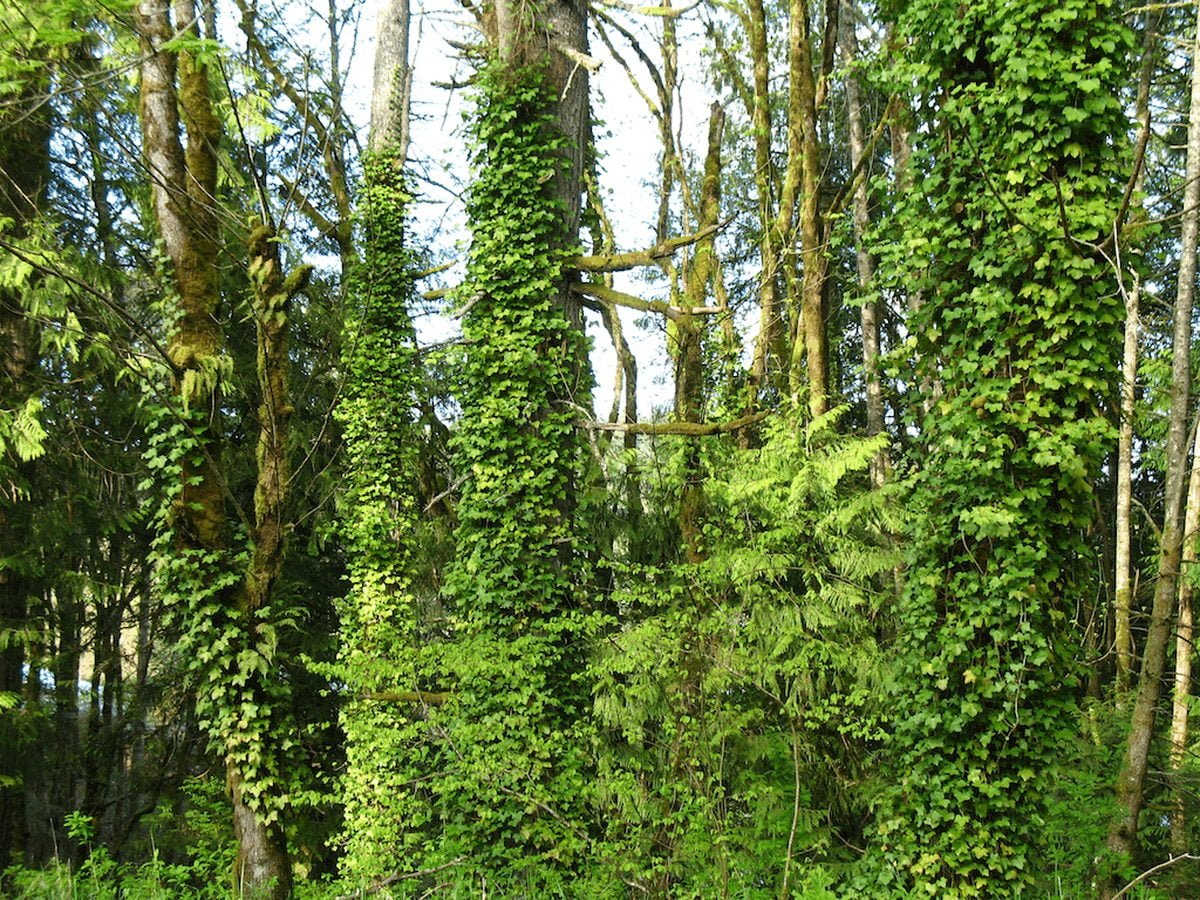

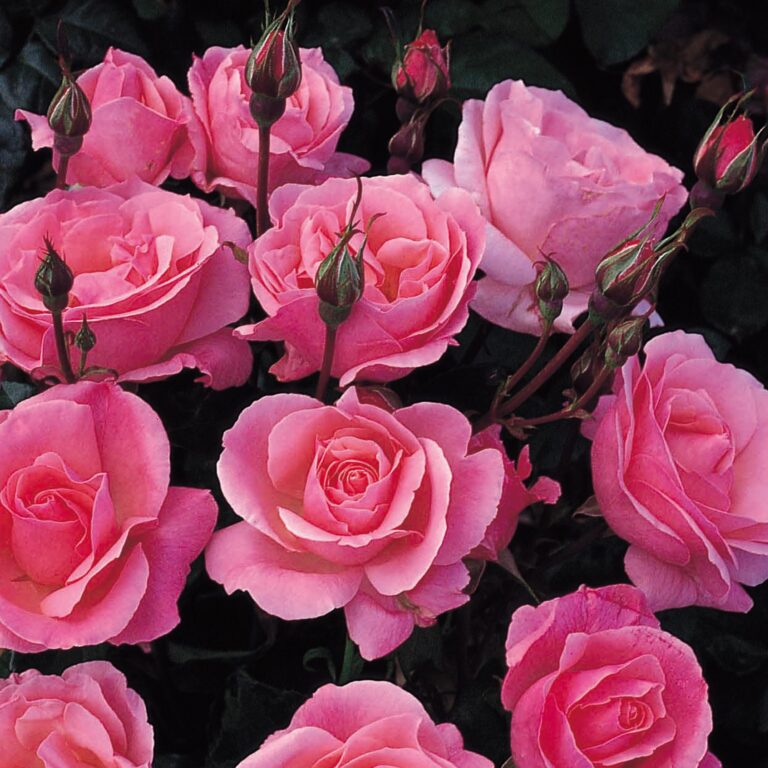
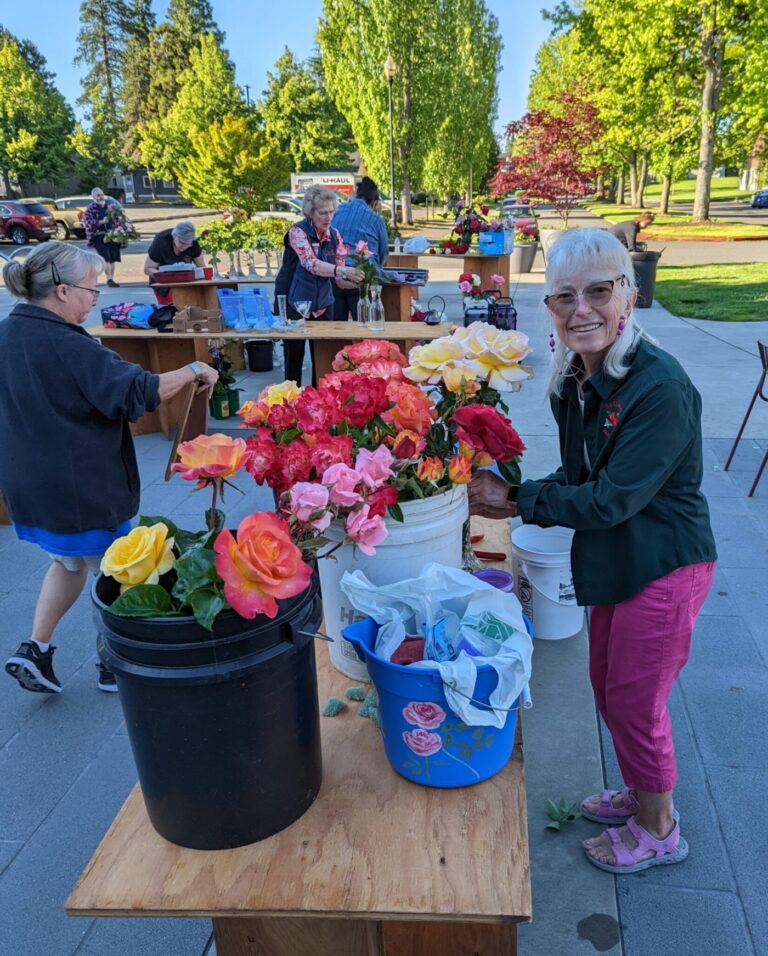

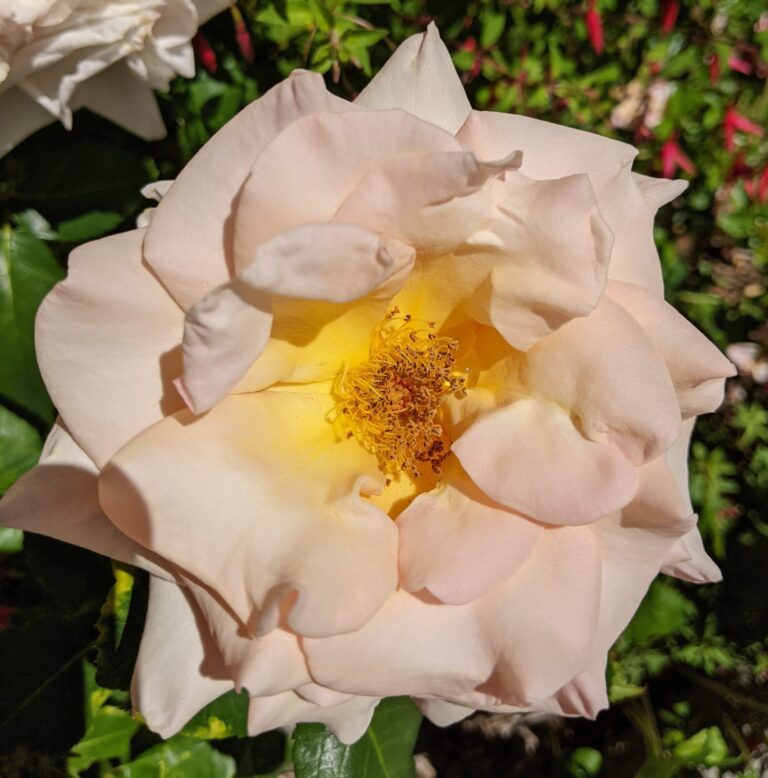
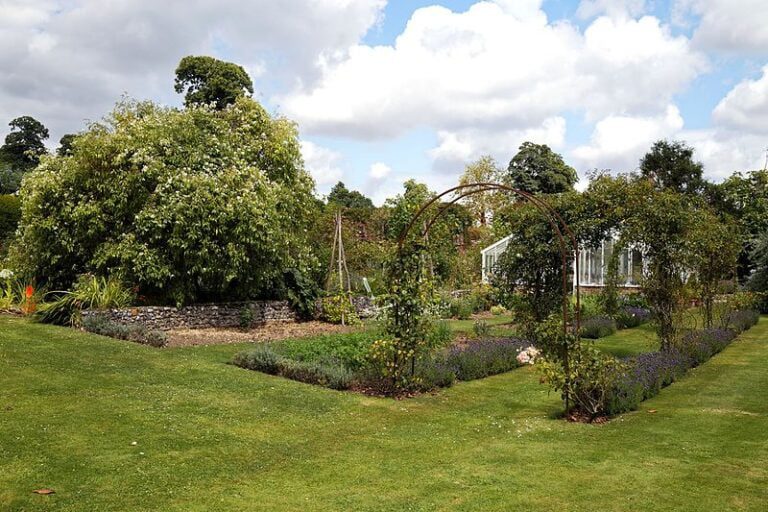
THANK YOU, I am wondering about a plant which we tentatively identified as Chinese Privit: vine, tree or bush. Is this an invasive plant under that name?
Are you in Pierce County WA?
If so, check with Washington State Master Gardeners
for their updated Noxious Weed information. They’re
often at Farmer’s Markets in the Tacoma area.